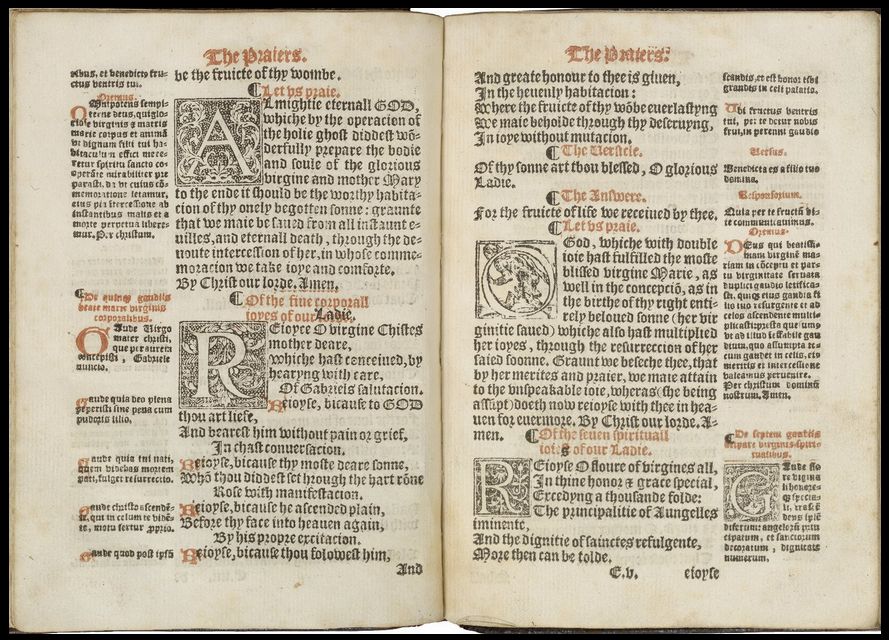Theory, Culture & Society 29(4-5): Topologies of Culture (2012)
Filed under journal | Tags: · cultural theory, culture, database, mapping, media infrastructure, social theory, technology, topology

“In social and cultural theory, topology has been used to articulate changes in structures and spaces of power. In this introduction, we argue that culture itself is becoming topological. In particular, this ‘becoming topological’ can be identified in the significance of a new order of spatio-temporal continuity for forms of economic, political and cultural life today. This ordering emerges, sometimes without explicit coordination, in practices of sorting, naming, numbering, comparing, listing, and calculating. We show that the effect of these practices is both to introduce new continuities into a discontinuous world by establishing equivalences or similitudes, and to make and mark discontinuities through repeated contrasts. In this multiplication of relations, topological change is established as being constant, normal and immanent, rather than being an exceptional form, which is externally produced; that is, forms of economic, political and cultural life are identified and made legible in terms of their capacities for continuous change. Outlining the contributions to this Special Issue, the introduction discusses the meaning of topological culture and provides an analytic framework through which to understand its implications.” (from the Abstract)
With contributions by Celia Lury, Luciana Parisi, and Tiziana Terranova, Peter Sloterdijk, Rob Shields, Sandro Mezzadra and Brett Neilson, Penelope Harvey, Mike Michael and Marsha Rosengarten, Evelyn Ruppert, Steven D. Brown, Luciana Parisi, Richard Rogers, Xin Wei Sha, Brian Rotman, Scott Lash, Noortje Marres, Matthew Fuller and Andrew Goffey, Julian Henriques.
Publisher Sage
ISSN 0263-2764
342 pages
PDF (6 MB, updated on 2016-12-12)
Comment (1)Journal of Digital Humanities 1 (3): The Difference the Digital Makes (2012)
Filed under journal | Tags: · cultural analytics, data visualisation, digital humanities, mapping, social media

“So much of the content of digital humanities begins in the analog world: documents that are scanned and indexed; maps that are recast in GIS; quantities that are converted to machine-readable tables. Although we tend to focus on the final product — the digital construction viewed over the web — we remain cognizant of this transition that artifacts of human expression have taken. In this issue of the Journal of Digital Humanities, several scholars take a deeper look at that transition. ” (from the Introduction)
With contributions by Sarah Werner, Craig Mod, Matthew M. Booker, Melissa Terras, Elijah Meeks and Karl Grossner, Simon Burrows and Mark Curran, Andrew J. Torget and Jon Christensen, Stuart Dunn, Sean Takats, Robert Nelson
Vol. 1, No. 3, Summer 2012
Editors: Daniel J. Cohen, Joan Fragaszy Troyano
Associate Editors: Sasha Hoffman, Jeri Wieringa
Publisher Roy Rosenzweig Center for History and New Media, October 2012
Creative Commons Attribution 3.0 Unported License
ISSN 2165-6673
View online (HTML articles)
PDF (PDF)
PDF (EPUB)
PDF (IBOOK)
Willard Cope Brinton: Graphic Presentation (1939)
Filed under book | Tags: · data, data visualisation, design, graphic design, information design, mapping

A classic in information visualization.
Expanded edition of the title Graphic Methods for Presenting Facts, McGraw-Hill Book Company, New York Times
Publisher: Brinton Associates, New York City, 1939
via chartporn.org (includes stills and a commentary)
PDF (PDF)
Archive.org (multiple formats)
Archive.org (1914 edition)
stills (better resolution, by Michael Stoll)

